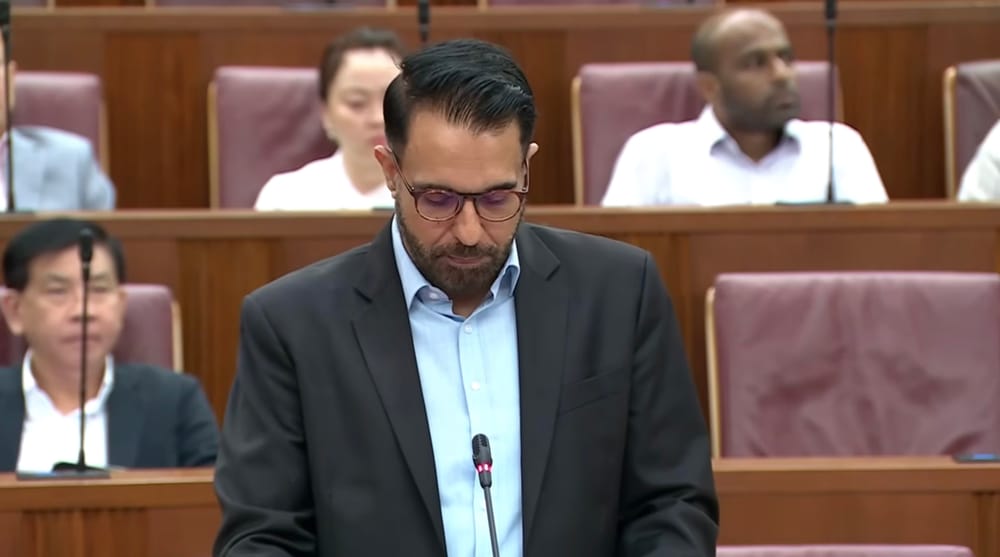Last week we were able to witness another disturbing attempt to justify raiding Singapore's reserves by local opposition parties.
Since raising taxes is unpopular and opposition politicians have no idea how to generate more money to fund their generous populism that aims to rob PAP of votes, it's quite understandable why they would put reserves in their sights.
It's a large pool of money that can be used to buy votes, without any pain felt by the people (until it's too late).
Incidentally, as I explained in some of my posts before, this is why I think the total figure that Singapore has in its financial reserves is kept secret - so that it's harder for populists to come up with ideas on how to spend it.
In reality - and this is not something you will ever hear them admit - the total size of Singapore's reserves actually does not matter.
What matters is the size of reserves IN PROPORTION to GDP. And, even more, the size of annual NIRC in proportion to GDP growth.
Think of it this way: it is often advised that everybody should have savings worth 6 to 12 months of their salary.
This is in case you lose your job or run into other problems that would prevent you from making money for a few months.
Of course, not everybody's salary - and spending - are the same.
Savings of $50,000 may be great for someone used to living on $2,500 per month but not someone who lives on $25,000.
The more you earn, the more you spend, the more you should save for a rainy day.
The same rules apply to national reserves.
Singapore's economy is growing, in real terms, by approximately 2-3% per year. It may seem small but it compounds into about a 50% increase every 15 years.
For reserves just to stay as large as they are today, they too have to increase by 50% over that time, adjusted for inflation.
In 2020 the government used approximately $32 billion from past reserves to respond to Covid-19 crisis - that's about 6% of the 2019 GDP of $519 billion, just to prop the troubled economy and save thousands of jobs.
Today, Singapore's GDP is over $650 billion, so a similar package would require spending $40 billion, to have the same effect. At $1 trillion it would jump to $62 billion.
As you can see, then, the total size of reserves today is quite irrelevant to the challenges of tomorrow. More needs to be added regularly just to retain the same capabilities.
NIRC is even more important, because it is financing 20% of the national budget EVERY YEAR.
If, as opposition politicians want, the accumulation of reserves was slowed down, just to spend more money now, then NIRC - which is drawn from returns on investment of reserves - would gradually decline in proportion to spending.
It would increase initially, but fall in the following years, simply because there would be less and less money invested for profit.
Singapore is already on the boundary that keeps both NIRC and reserves stable in proportion to GDP. They no longer increase but they don't fall either.
It is fairly easy to derive such an estimate from NIRC alone. Last year NIRC provided approximately $23.5 billion to the budget. By law (and government's own admission) it is around 50% of long-term returns on reserves.
Given that real, inflation-adjusted 20-year returns for GIC are around 4.5% (with reserves held by MAS yielding less, and those at Temasek yielding a bit more), we can deduce that the entire pool of reserves grows somewhere within 4-5% range.
This means that approximately 2.5% is spent via NIRC and the rest is added to reserves.
In other words, reserves are increasing somewhere within the 2-3% window for GDP growth - bang on where they should be to retain parity with the economy.
Opposition politicians like to stay mum about the subject, because it would blow up their entire narrative.
They prefer to claim that reserves would keep growing, albeit more slowly, without ever mentioning that it's their relative value to the economy that really matters.
Quite cynically and irresponsibly they are trying to convince voters that it's possible to eat the cake and still have it.
And if seems too good to be true then guess what: it is.









